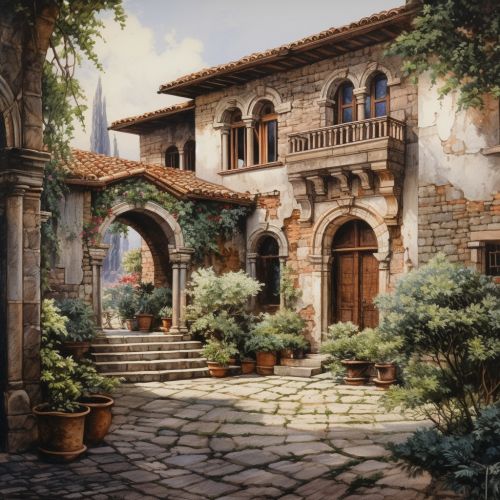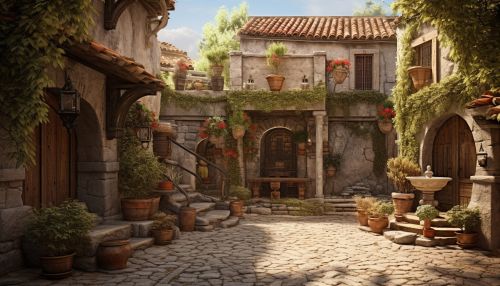Galileo Galilei
Early Life
Galileo Galilei was born on 15 February 1564, in Pisa, Duchy of Florence, now Italy. He was the eldest of six children born to Vincenzo Galilei, a well-known lutenist and music theorist, and Giulia Ammannati. Galileo's father was a practitioner of the music theory of the time, which was based on the Pythagorean intervals. This early exposure to music and mathematical relationships would later influence Galileo's scientific work.


Education
In 1574, the family moved to Florence, where Galileo started his formal education at the Jesuit monastery of Santa Maria di Vallombrosa. In 1581, he enrolled at the University of Pisa to study medicine, as his father wished. However, Galileo was more interested in mathematics and natural philosophy. He left the university in 1585 without completing his degree.
Career and Discoveries
In 1589, Galileo was appointed to the chair of mathematics in Pisa. In 1591, his father died, and he was entrusted with the care of his younger siblings. He moved to the University of Padua in 1592, where he taught geometry, mechanics, and astronomy until 1610. During this period, Galileo made significant discoveries in both pure fundamental science and practical applied science.
His studies of motion, which were conducted by observing the swinging of a suspended weight, led to his formulation of the correct law of acceleration. He found that all bodies, regardless of their weight, fall at the same speed. This contradicted the previously held Aristotelian belief that heavier bodies fall faster than lighter ones.
In 1609, Galileo heard about the invention of the telescope in Holland. Without having seen an example, he constructed a superior version and made many astronomical observations. He discovered the uneven surface of the moon, four of Jupiter's moons, sunspots, and the phases of Venus. These discoveries provided empirical evidence for the Copernican theory that the earth and other planets revolve around the sun.
Conflict with the Church
Galileo's advocacy of heliocentrism was controversial within his lifetime. The geocentric view had been dominant since the time of Aristotle, and the controversy engendered by Galileo's presentation of heliocentrism as proven fact resulted in the Catholic Church's prohibition of its advocacy as empirically proven fact, because it was not empirically proven at the time and was contrary to the literal meaning of Scripture.
Galileo was brought before the Inquisition in Rome in 1615 and was warned to abandon his support for heliocentrism. He was tried by the Inquisition in 1633 and found "vehemently suspect of heresy". He was forced to recant and spent the rest of his life under house arrest.
Later Life and Death
Despite his sentence, Galileo continued to work and made further significant discoveries. He studied the motion of pendulums and discovered isochronism, the principle that pendulums of the same length oscillate at the same rate, regardless of the size of the swing. He also worked on the concept of force and motion, laying the groundwork for the science of dynamics.
Galileo died on 8 January 1642, at the age of 77, in Arcetri, near Florence. He was initially buried in a small room next to the novices' chapel at the Basilica of Santa Croce, but in 1737 his remains were reinterred in the main body of the basilica, in a tomb that now lies directly across from that of Michelangelo.
Legacy
Galileo's contributions to observational astronomy include the telescopic confirmation of the phases of Venus, the discovery of the four largest satellites of Jupiter, and the observation and analysis of sunspots. He also worked in applied science and technology, inventing an improved military compass and other instruments.
Galileo's championing of heliocentrism and Copernicanism was controversial during his lifetime. The matter was investigated by the Roman Inquisition in 1615, and they concluded that heliocentrism was "foolish and absurd in philosophy, and formally heretical since it explicitly contradicts in many places the sense of Holy Scripture." Galileo later defended his views in his most famous work, Dialogue Concerning the Two Chief World Systems, which appeared to attack Pope Urban VIII and thus alienated him and the Jesuits, who had both supported Galileo up until this point.
